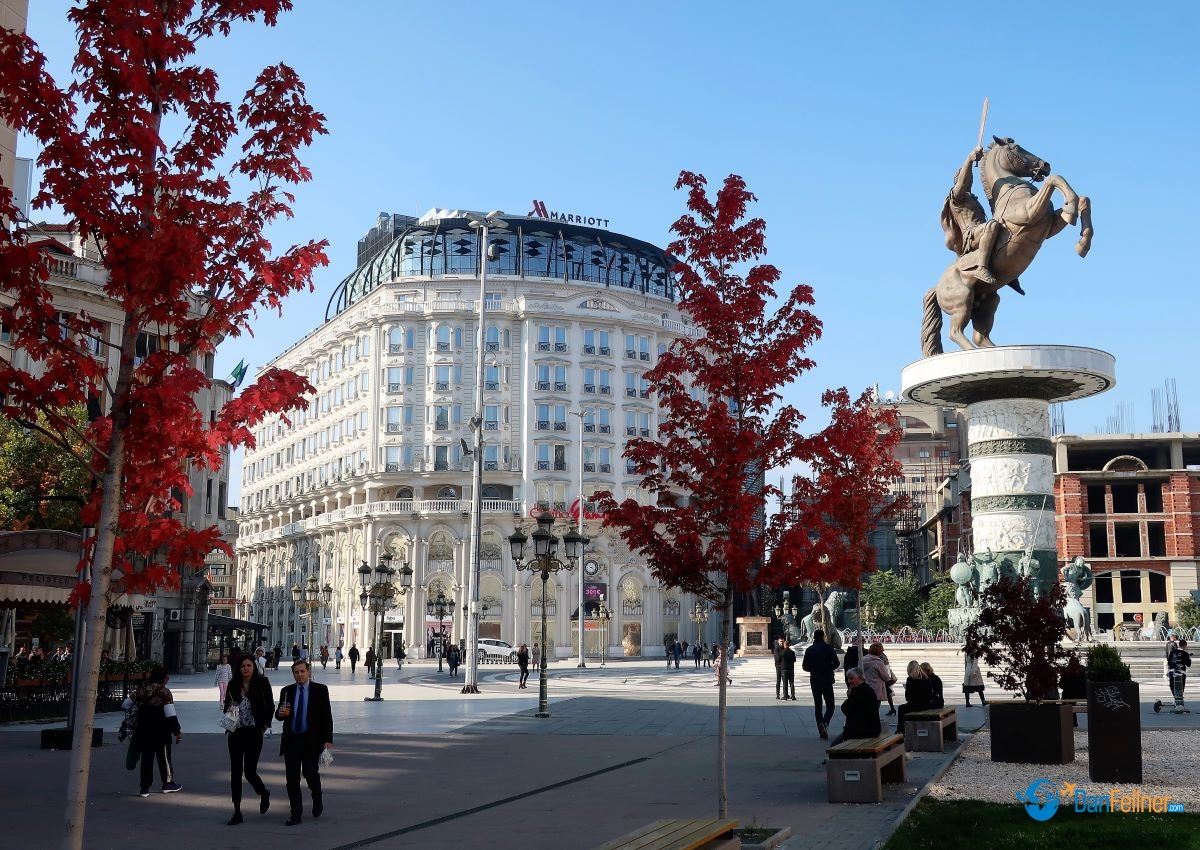New ASU course explores historic partnership between two cities
The Arizona Republic — January 22, 2020
SKOPJE, North Macedonia – Ever since the city of Tempe made groundbreaking history nearly a half-century ago when it became Sister Cities with Skopje, Yugoslavia, there has been a steady pipeline of students and academics going back and forth between the two communities, enriching both cities in the process.
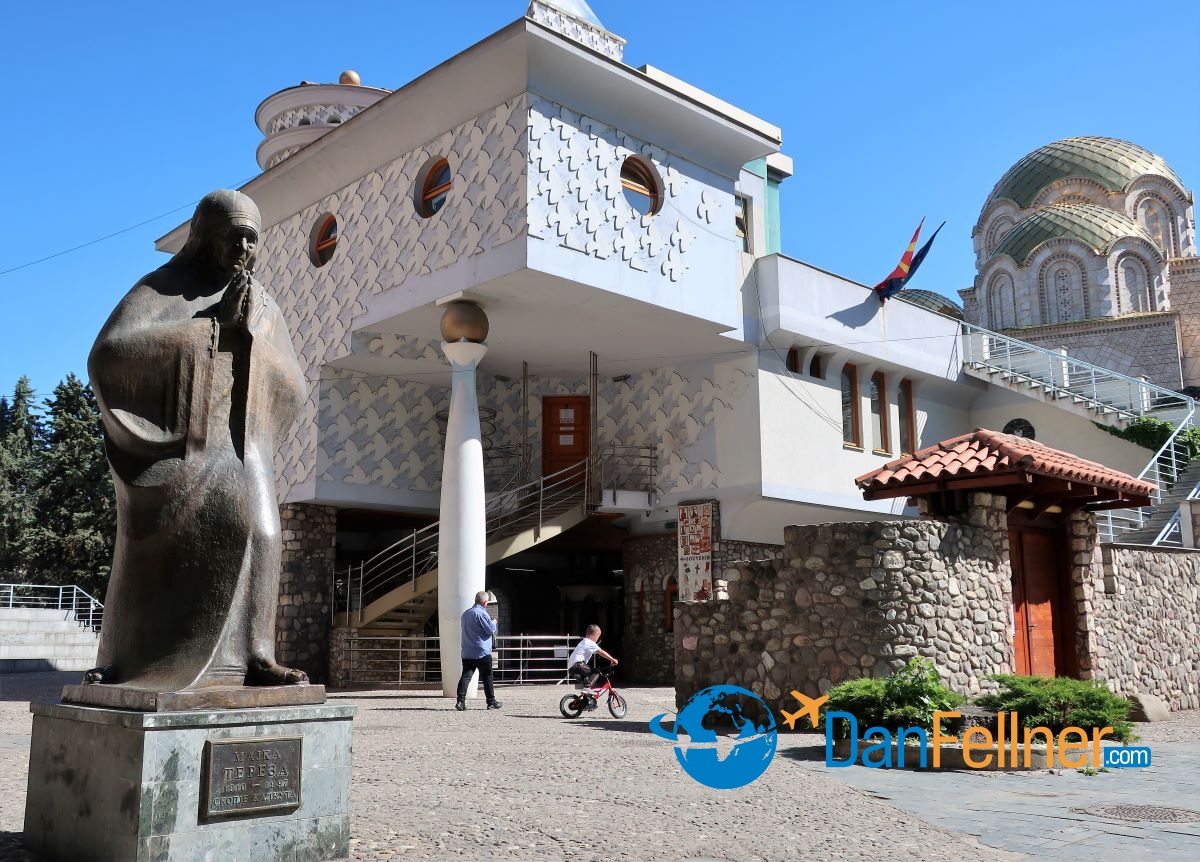
The Memorial House of Mother Teresa, a Skopje native and Catholic nun who was baptized at this site in 1910.
Recently I had the privilege of being a small part of that pipeline when I was selected for a Fulbright Specialist grant to teach for six weeks at Saints Cyril and Methodius University (UKIM) in Skopje.
Tempe and Skopje became Sister Cities in 1971; it was the first time an American city twinned with a city in Eastern Europe’s socialist bloc. At that time, Skopje was a city in the former Yugoslavia. Now, it is the capital of the newly named Republic of North Macedonia. The country recently changed its name from the Republic of Macedonia to resolve a three-decade-long dispute with its neighbor, Greece.
I had a busy and enjoyable six weeks in Skopje. My main assignment was to teach a course in intercultural communications at UKIM, North Macedonia’s oldest, largest and most prestigious university.
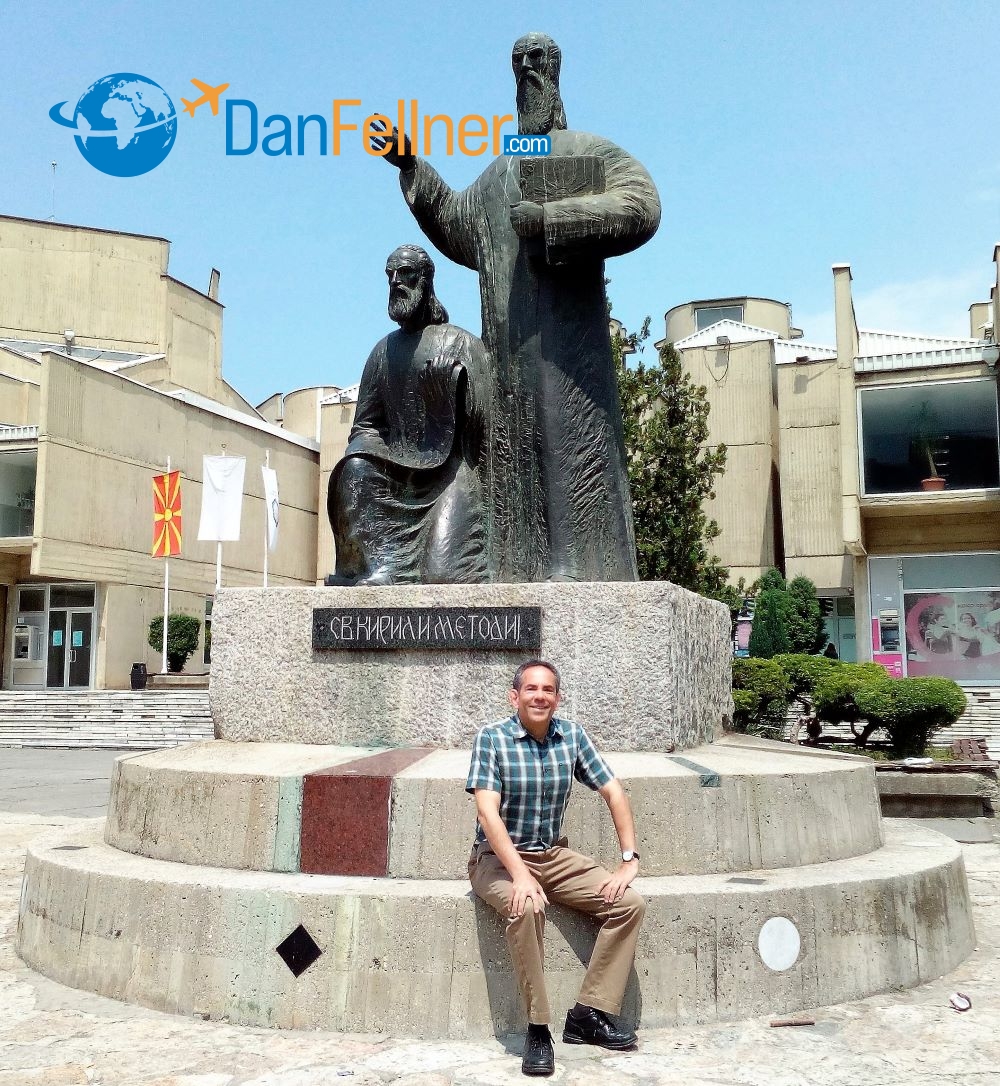
The author at Saints Cyril and Methodius University (UKIM) in Skopje, North Macedonia.
In addition, I also conducted guest lectures at two other universities – the University of Tetovo and the South East European University, where I discussed the importance of a free press in the development of democracy.
I was in Skopje during an exciting time. The streets were full of political banners as I arrived during a hotly contested presidential campaign. And for the first time in the country’s history, there was a papal visit. I managed to get a ticket to attend a mass conducted by Pope Francis in Skopje’s main square.
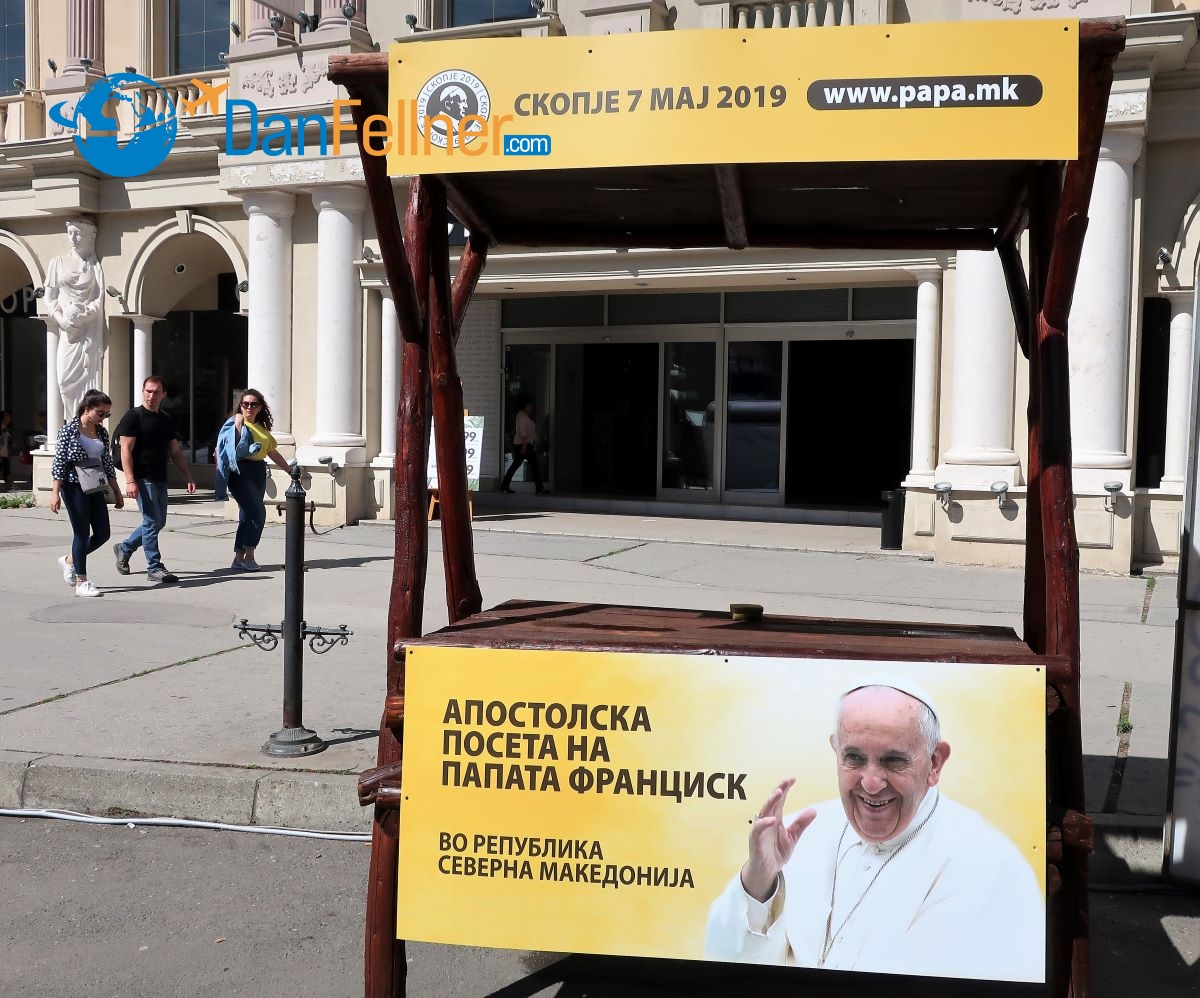
Pope Francis conducted a mass in Skopje in May 2019, the first papal visit in North Macedonia’s history.
Catholics comprise a small minority of North Macedonia’s population (the majority of the population is Eastern Orthodox). But one of the most famous Catholics of the 20th century — Mother Teresa – was actually born in Skopje in 1910. The nun, who won the Nobel Peace Prize in 1979 for the humanitarian work she did in India, was born right around the corner from my downtown apartment.
Skopje’s relationship with Tempe – along with its eclectic architecture and beautiful setting in the foothills of the Balkans – has inspired me to create a new course for ASU’s Osher Lifelong Learning Institute (OLLI).
Called “Skopje, North Macedonia: Tempe’s Intriguing Sister City,” the class will be offered to members of the public (50 and older) this spring and fall at OLLI locations around the Valley. The first lecture will take place at Tempe’s Friendship Village on March 5.
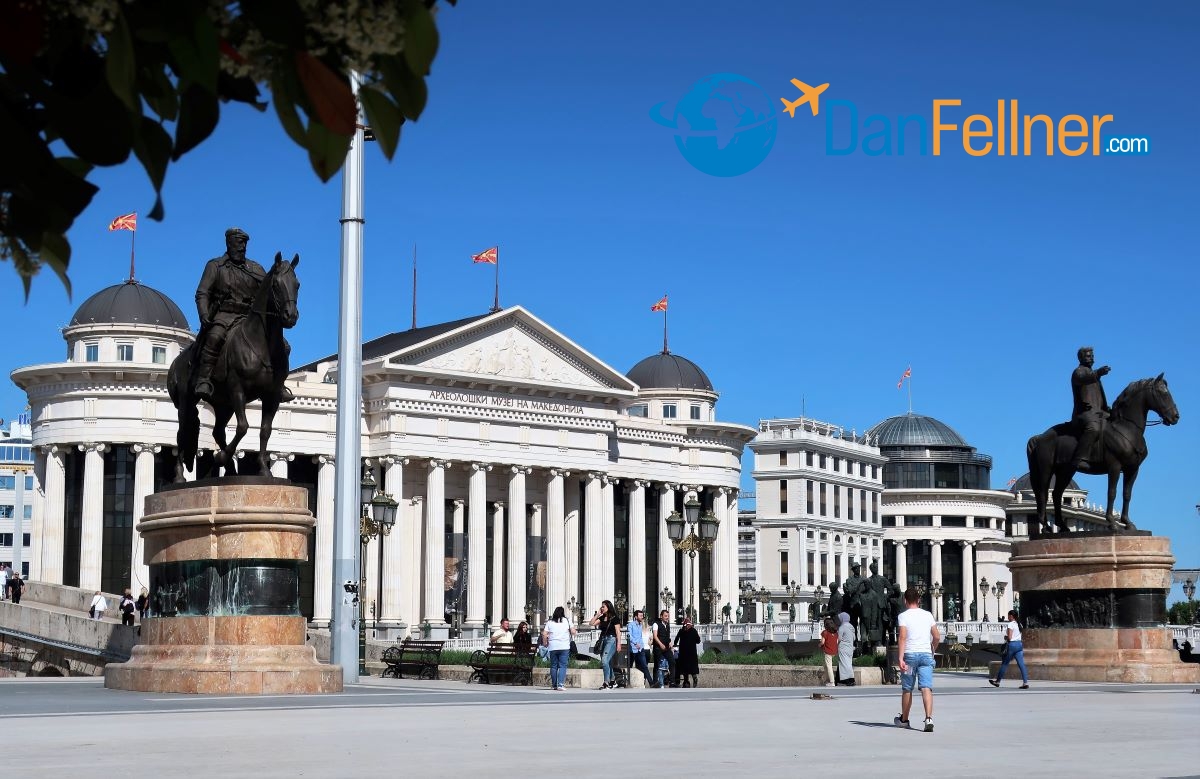
The main square in downtown Skopje, North Macedonia.
Two of my faculty colleagues at UKIM studied and conducted research at ASU, demonstrating the strong bonds between the two cities. I also met with Macedonians who had spent time in Tempe through the Sister Cities program and the Skopje city official who oversees North Macedonia’s participation in the program.
Aside from North Macedonia, I’ve also had the opportunity to teach through the Fulbright program at universities in Latvia, Lithuania, Moldova, Bulgaria and Indonesia.
But Skopje – with its deep-rooted and historic Arizona connection – felt the most like home.

The 13th-century Church of St. John at Lake Ohrid in North Macedonia.
© 2020 Dan Fellner

